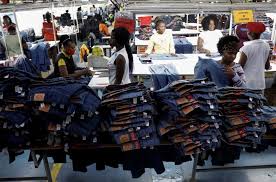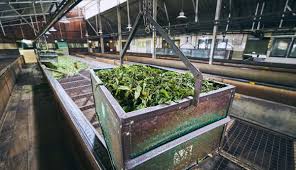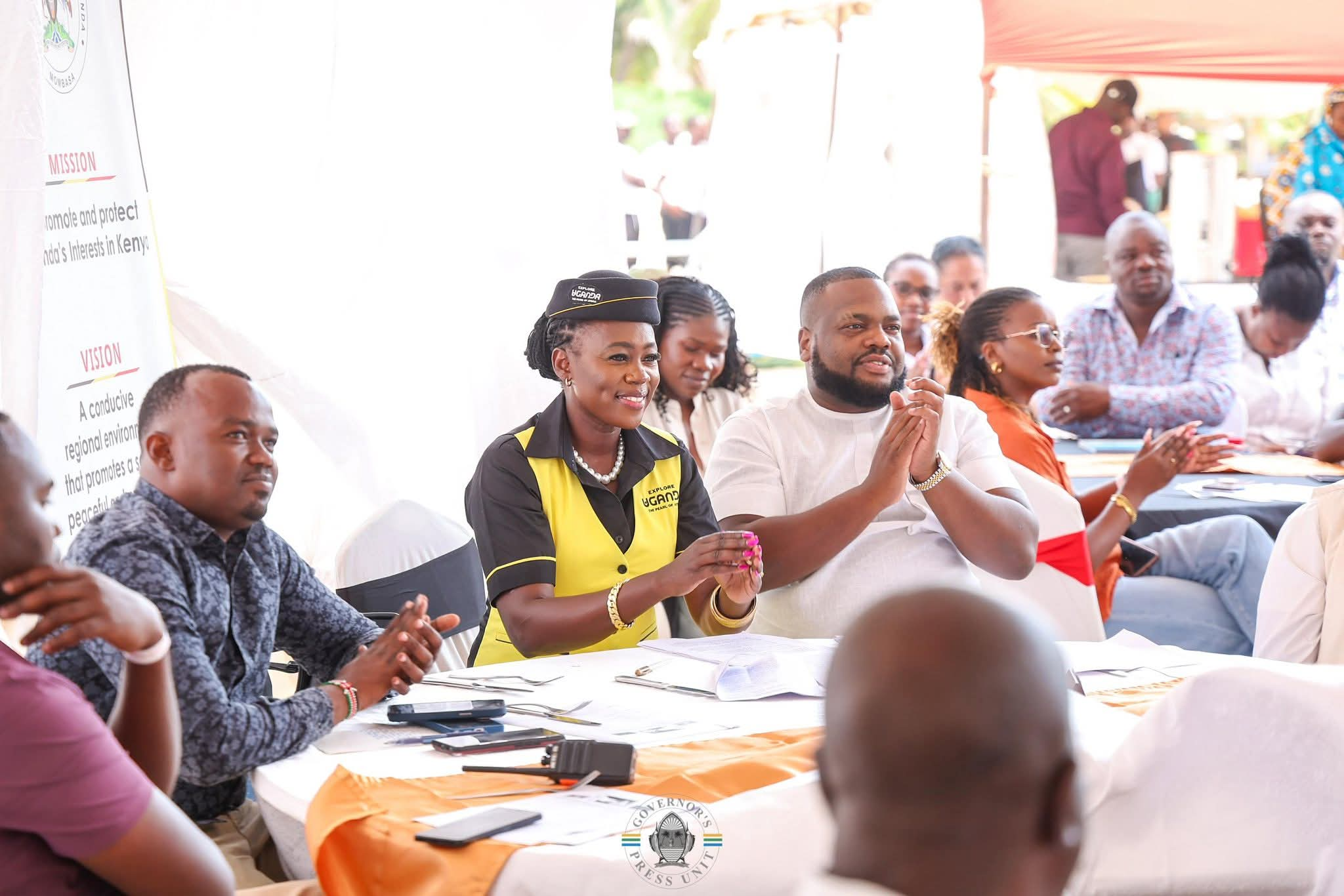Kenya is racing against time to secure a historic bilateral trade agreement with the United States before the end of 2025 — a move aimed at safeguarding one of its most lucrative export markets and protecting hundreds of thousands of jobs in its textile sector.
Trade Cabinet Secretary Lee Kinyanjui told Reuters that talks with Washington, which resumed in August, are now on a fast track following the looming expiry of the Africa Growth and Opportunity Act (AGOA) at the end of September.
“It depends also on them (the Americans), but our view is that before the end of the year, we should be able to have something on the table,” Kinyanjui said in an exclusive late-Thursday interview.
If successful, the deal would be the first of its kind between the United States and a sub-Saharan African nation, setting a precedent for future trade partnerships across the continent.
AGOA has, for two decades, provided duty-free access to the U.S. market for thousands of products from 32 eligible African countries. Kenya has been one of its biggest beneficiaries, exporting goods worth $737 million to the U.S. in 2024 — roughly 10% of its total exports.
The apparel sector, in particular, has thrived under AGOA, with over 300,000 direct and indirect jobs tied to the programme. Factories in Nairobi’s Export Processing Zones (EPZs) supply jeans, uniforms, and other clothing to major American retailers such as Walmart and Target.
“If there’s no clear transition, there would be disruption,” Kinyanjui warned. “We’re hoping for an extension or a smooth transition to safeguard jobs and avoid a sudden collapse of the sector.”
Kenya’s negotiations have been given fresh urgency by President Donald Trump’s reinstated tariffs, which imposed a 10% duty on Kenyan goods earlier this year. Without a new trade deal or an AGOA extension, Kenyan exports risk losing their competitive edge, especially against rivals such as Vietnam and Bangladesh.
Kenya is one of Washington’s closest allies in East Africa and was designated a major non-NATO ally by the U.S. in 2024 — a status shared by only a handful of African nations. However, Nairobi has had to carefully balance its foreign policy, fending off criticism from U.S. officials over its growing trade ties with China.
President William Ruto has defended the pivot, arguing that Kenya must boost exports to China to close a lopsided trade deficit that heavily favors Beijing.
“Our partnerships must be pragmatic and deliver value for Kenyan farmers, workers, and manufacturers,” Ruto said in a recent address. “A deal with the U.S. will strengthen our global position and complement—not replace—our other economic partnerships.”
While Kinyanjui declined to share specific details about what a new deal would include, he hinted that the government’s goal is to replicate the favorable terms of AGOA, including duty-free access for key sectors like textiles, coffee, tea, and horticulture.
Trade analysts suggest that a deal could also cover:
Digital trade and e-commerce, opening new opportunities for Kenya’s booming tech sector.
Intellectual property protection, which could benefit Nairobi’s growing creative economy.
Labor and environmental standards, aligning Kenya with U.S. compliance expectations.
While the focus has been on safeguarding the apparel sector, experts say a bilateral deal could unlock growth for other industries, including agriculture, ICT, and renewable energy.
Dr. Sheila Ngatia, a Nairobi-based economist, says:
“This is Kenya’s chance to position itself as the gateway to East Africa for U.S. investors. A well-structured deal could attract supply chains relocating from Asia and create new jobs beyond textiles.”
Kinyanjui met U.S. Trade Representative Jamieson Greer in Washington last month to agree on the next phase of talks, though no additional negotiation rounds have been formally announced.
With just months left before AGOA expires, all eyes are on Nairobi and Washington to see whether they can finalize an agreement in time — and whether this deal could serve as a blueprint for broader U.S.-Africa trade relations.



